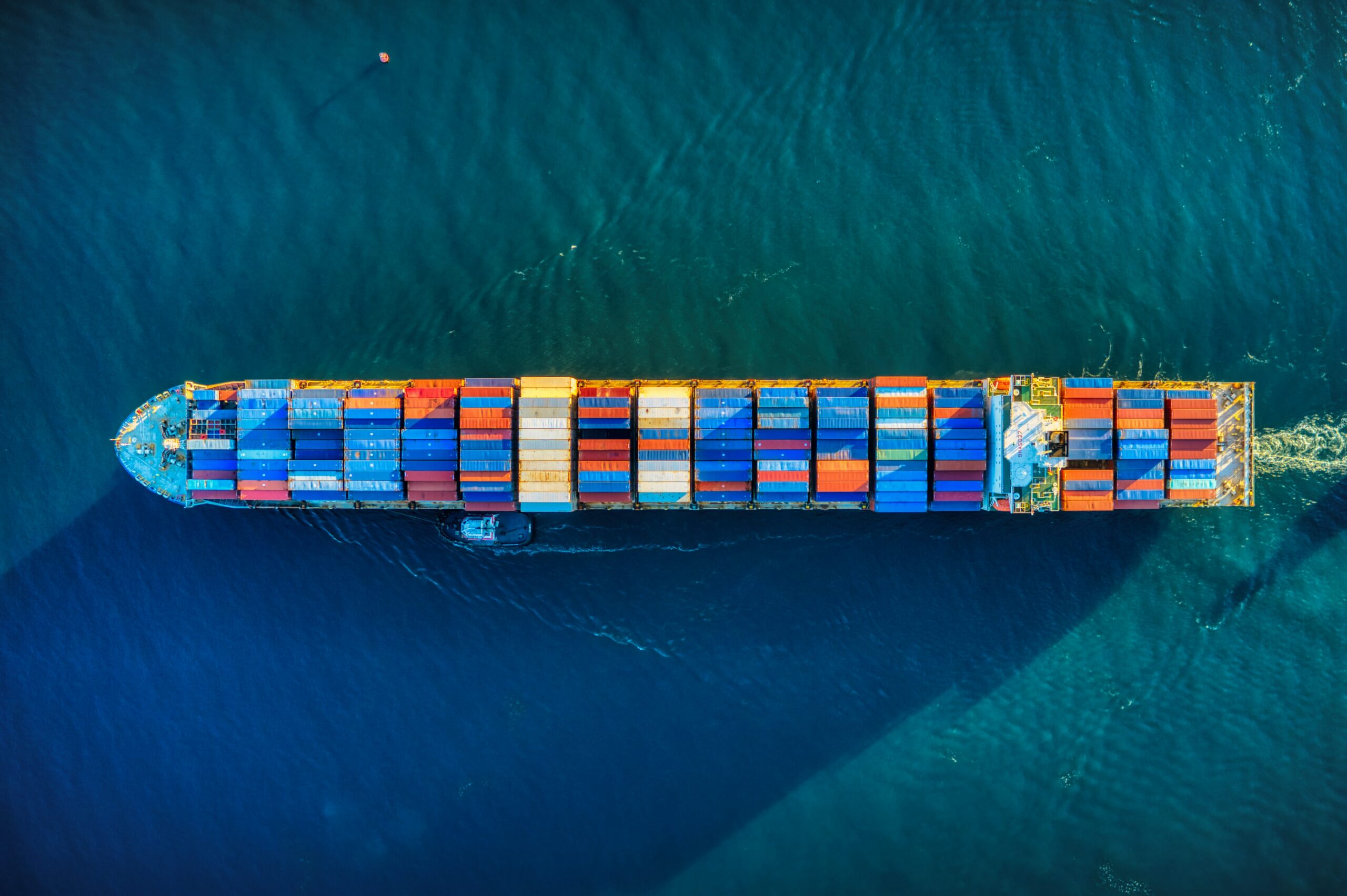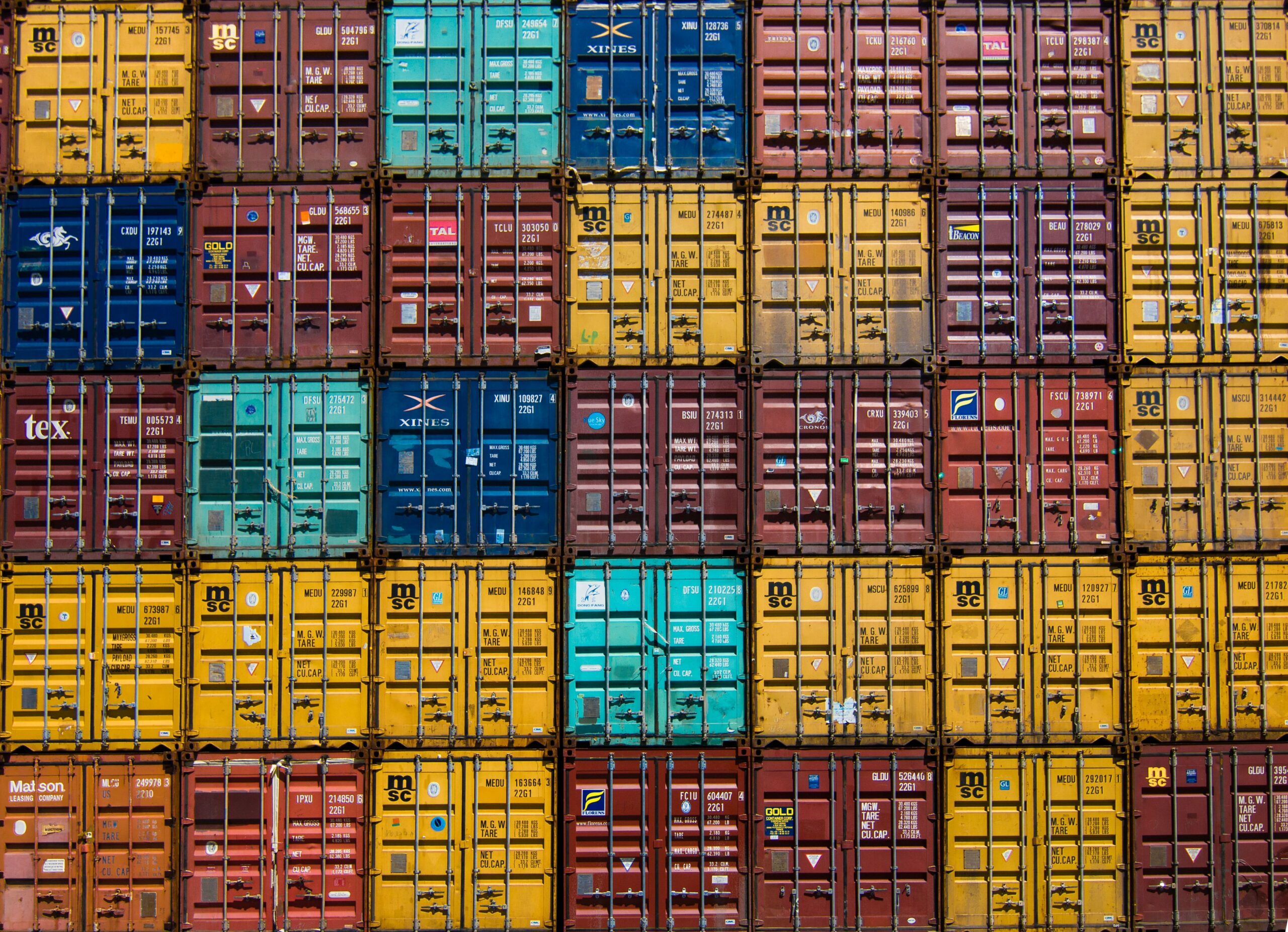Ease of Administration:
Container freight, often known as FCLs, is more convenient than other modes of transport, such as LTL. Each registered shipping container is a distinct entity in its own right. It is considerably easier to track and trace it when on a cruise. Because it has a unique identifying number, Containerization is a good option.
A container number is assigned to it by the criteria of the Bureau International des Containers. The BIC is a Paris-based organization that ‘oversees intermodal container standards.’ Various parties, including the shipper, the recipient, ports, and customs agencies, utilize container numbers to verify cargo.
Flexibility:
Containers can transport a wide variety of commodities, ranging from grains and food products to industrial equipment. Can use flatbeds and platform containers to transport out-of-gauge material. OOG cargo refers to an unusually sized and shaped load that does not fit into standard shipping containers. Can transport those products in Reefers, which are specially designed containers. Many medicinal medications and perishable foodstuffs are temperature sensitive.
The most frequent components of this system are a portable cooling unit and an insulated container. You can modify the temperature of a refrigerated container according to the contents. The flex tank is one of the most adaptable containers on the market today. This container is capable of transporting a liquid cargo via Containerization. Flex tanks are used to transport huge amounts of bulk liquids such as wine, latex, cooking oils, and similar items.

Cost-Effectiveness:
According to some estimations, the cost of transporting products in containers is less expensive than delivering the same commodities in less than container loads(loose bulk). Due to the widespread use of Containerization, the cost of moving goods has been significantly decreased. Here, the importance of economies of scale is evident. Generally, organizations benefit from economies of scale when they produce or transact in large volumes.
Speed of Delivery:
Ships of increasing size, as well as newer, more efficient containers. Transshipment times have decreased significantly due to the use of handling equipment. In both modern ports and modern warehouses, loading and unloading have become far more efficient. Can handle shipping containers from and to different parts of the world more easily with the help of standardized machinery.
Protection and safety:
The containers used in intermodal transportation are well-protected. Except for the box where the double doors are located, these heavy-duty boxes are entirely enclosed on sides. There are two sets of lock-rods on each of these double doors. The container is securely sealed as a final preventative measure to prevent contamination.
Durability:
Depending on its function, a shipping container can endure anywhere from 10 to 25 years. After they are no longer functioning, condemned containers are frequently used for storage or converted into living quarters. Empty containers are used in warehouses for temporary Containerization storage. Distributors, too, especially if their storage facility is fully functional.

Containers can be placed anywhere in the warehouse yard that is convenient for them. Companies can use it for short-term and flexible storage as needed. Refurbishing and repurposing shipping containers for habitation is a growing trend around the world. Setup costs nothing, but they look great when done well and with attention to aesthetics.
Standardization:
Containers with ISO certification have a consistent size and shape. They can be moved with ease using almost any type of standard Containerization transportation and medical haulage equipment. As a result, the containers are simple to transport, store, and utilise.


